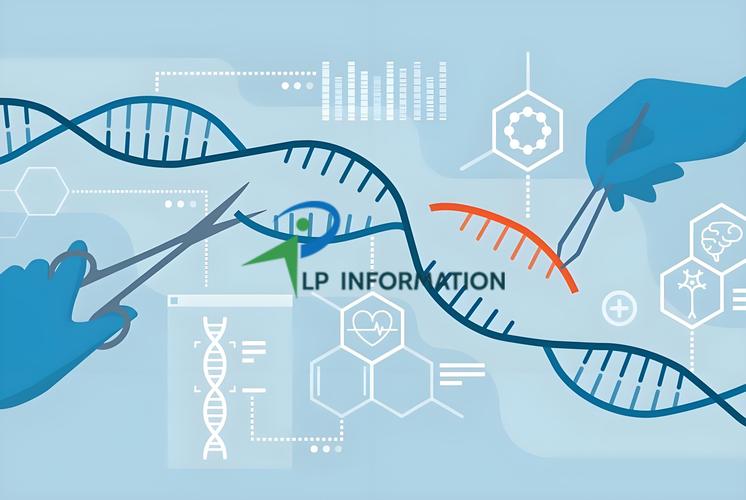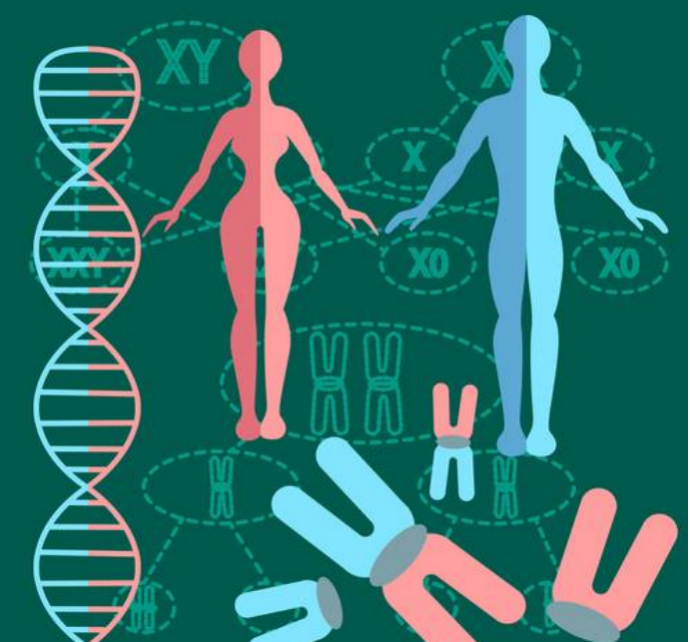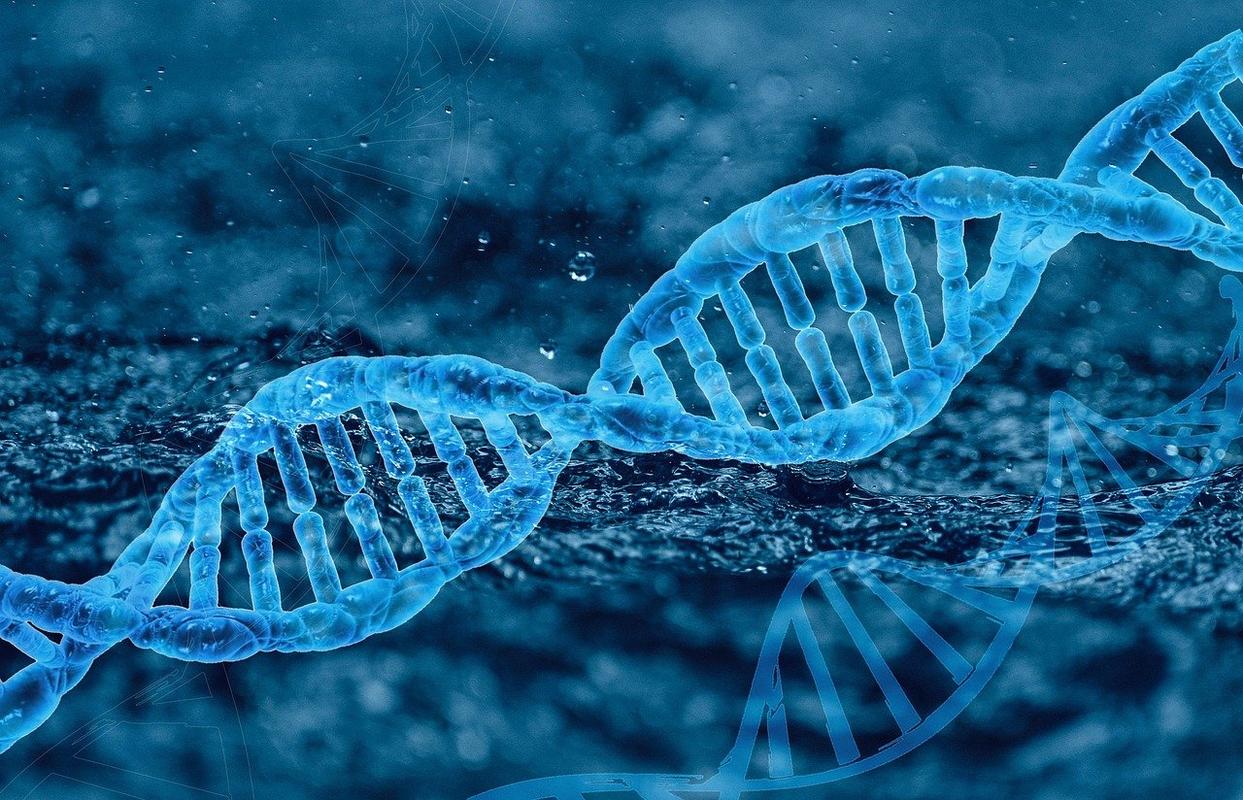Cracking Life's "Error Codes": A New Method to Restore Gene Networks
In this data-driven era, we often compare life to a computer: the operating system keeps things running, the program code determines every action, and errors in that code can cause the entire system to crash. The human body works in much the same way. Genes are like lines of instructions written into the foundation of life, guiding how cells behave and respond. But when errors arise within the gene network, the results can be devastating, leading to diseases such as cancer or immune dysfunction.

Scientists have long dreamed of a way to repair these biological "bugs": to identify the key nodes within the network and reprogram them, restoring normal function. Now, a new study has brought this vision a step closer to reality. Researchers have developed a universal mathematical method that can identify and repair distorted gene networks.
Genes never act in isolation. A change in one gene can trigger a cascade of effects, like dominoes toppling across the system. A cell's response to external stimuli is not governed by a single gene but by the interactions of thousands working together. This means that to find the true "control points," we must understand the entire gene network's structure. Imagine repairing a massive circuit board filled with tangled wires— you need to know exactly which switch to flip to restore the system. The challenge is that this biological "circuit board" is vastly more complex than anything humans have built, beyond the direct reach of even supercomputers.

To tackle this, researchers began treating gene interactions like logic circuits. The activation or silencing of a gene is represented as "on" or "off," just like logic gates in electronics. This approach allows cellular processes to be translated into circuit diagrams. Going further, they visualised the system as a "landscape map." In this map, each stable cellular state is like a valley: healthy cells rest in the valleys of health, while diseased cells may slide into abnormal valleys. The scientist's task is to find the right path that can guide cells back from the wrong valley to the healthy one.
Of course, this is easier said than done. With thousands of genes involved, the computational complexity is staggering. Traditional methods rely on brute-force simulations, which are slow and often fail to find optimal answers. This new research, however, introduces a fresh mathematical approach. By applying algebraic computation, they transform the gene network into a set of formulas. Using a technique called semi-tensor product, they can rapidly calculate how manipulating certain genes alters the overall cellular response.
But complexity still lingers. To make the process practical, the researchers employed an approximation method that simplifies the vast problem into more manageable steps—like breaking down a towering mountain into smaller, climbable terraces. This simplification preserves the overall structure while making the computations tractable. The result: scientists can now predict, with both speed and accuracy, how cells will shift when specific genes are targeted.

In certain cancer cells, this technique allowed researchers to pinpoint crucial gene targets and guide the cells back from abnormal states into healthy ones. In effect, it's like pressing the reset button on a malfunctioning machine, restoring it to normal operation. Importantly, this is not just a fix for one disease, it is a broadly applicable "life control tool."
If the human body is a supercomputer, then disease is its corrupted code. In the past, our approach was often crude: force shutdowns or deleting files to fight the errors. But now, a new possibility is emerging, one that lets us act like skilled programmers, finding and correcting the flaws in gene networks so the system can run smoothly again. In the future, this may not only allow us to cure disease but also teach us something even more profound: how to truly "program life."
(Writer:Cily)




